Supply Chain
Supply Chain Management provides a comprehensive suite of tools and features to help businesses optimize their supply chain operations, achieve greater efficiency, and enhance coordination with suppliers.
Benefits
It is designed to help businesses make data-driven decisions to optimize their supply chain performance.
Some of the benefits are:
Features
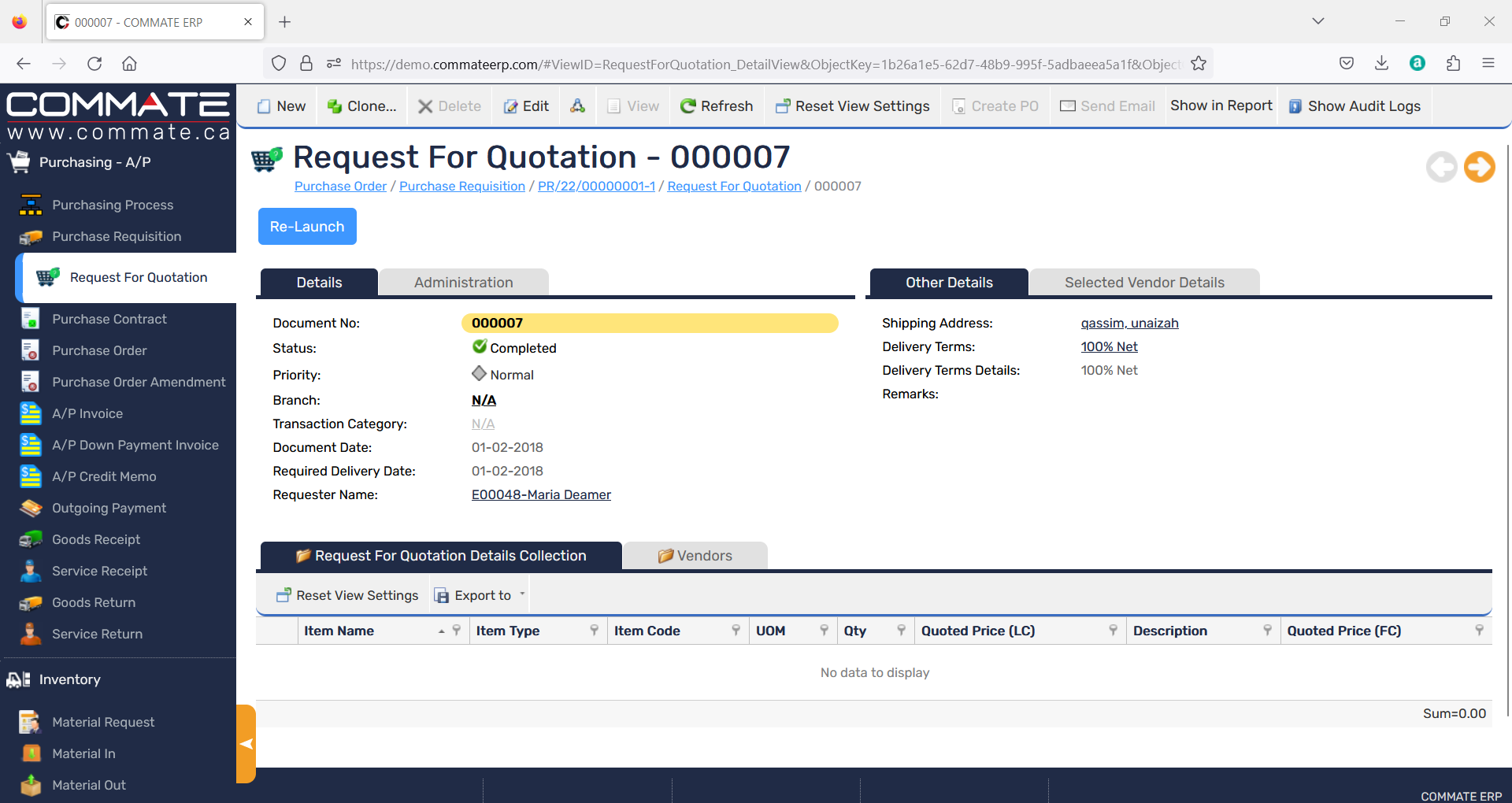
Request for Quotation
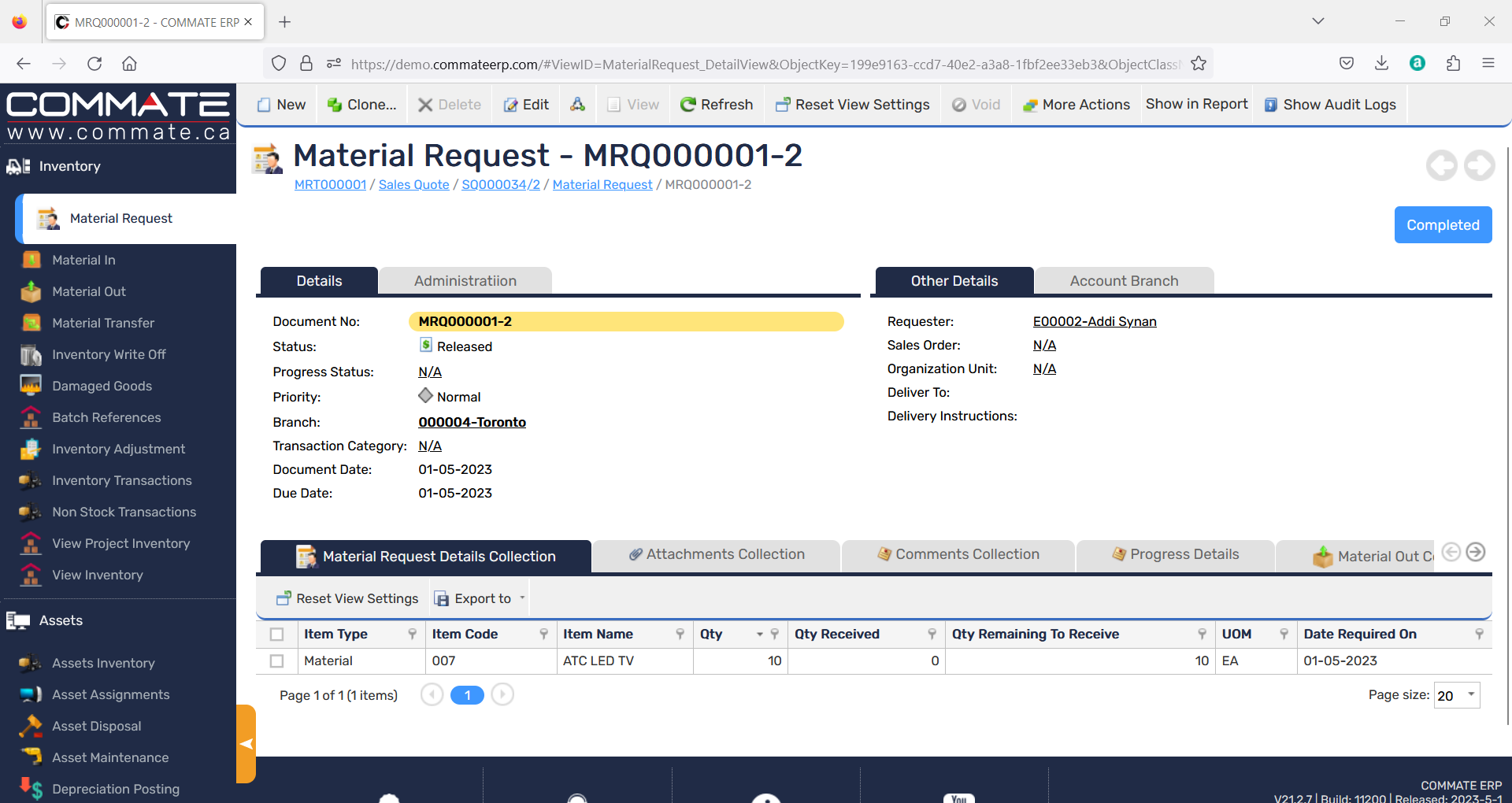
Material Request

Purchase Request
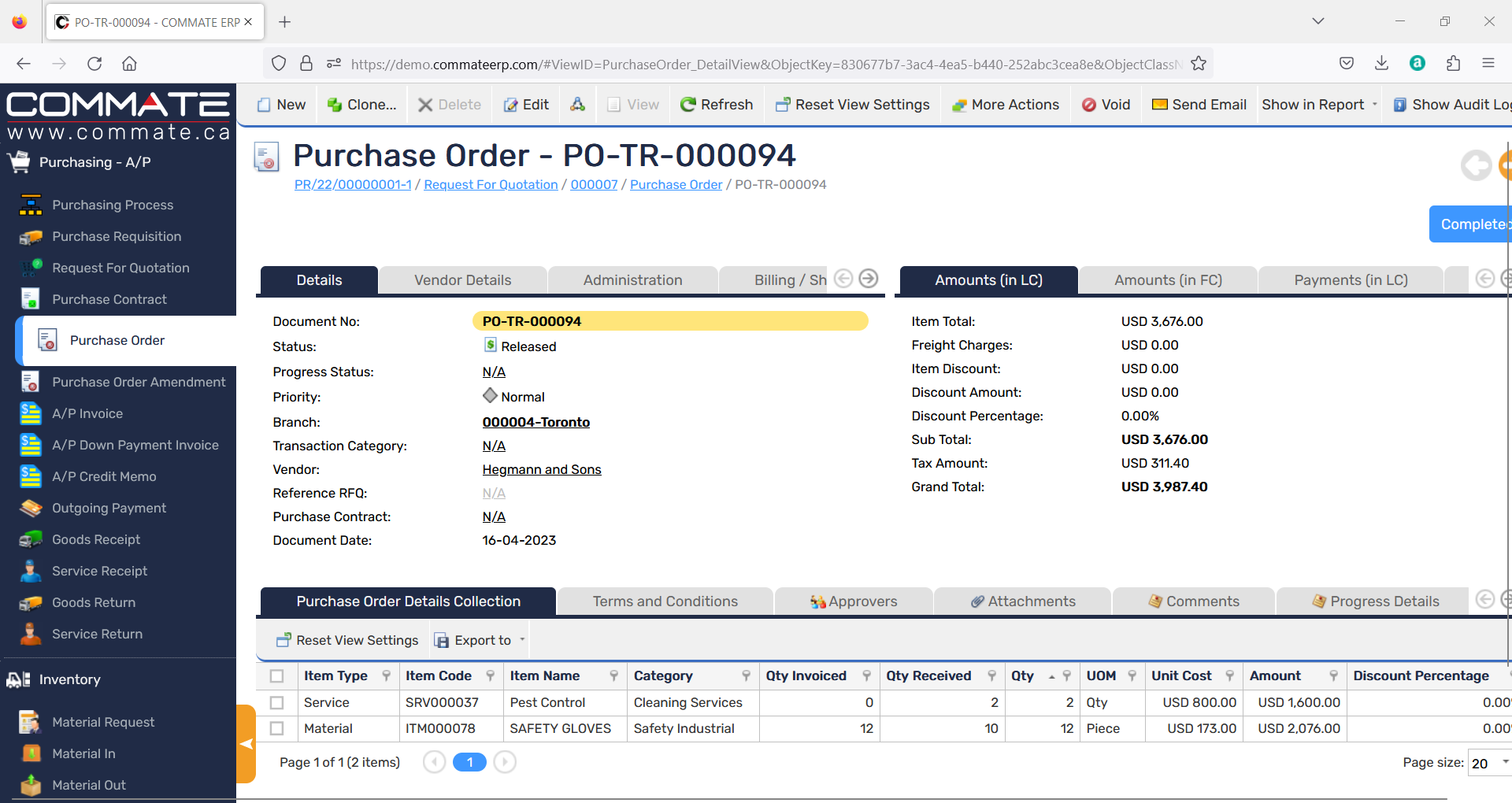
Purchase Order Management
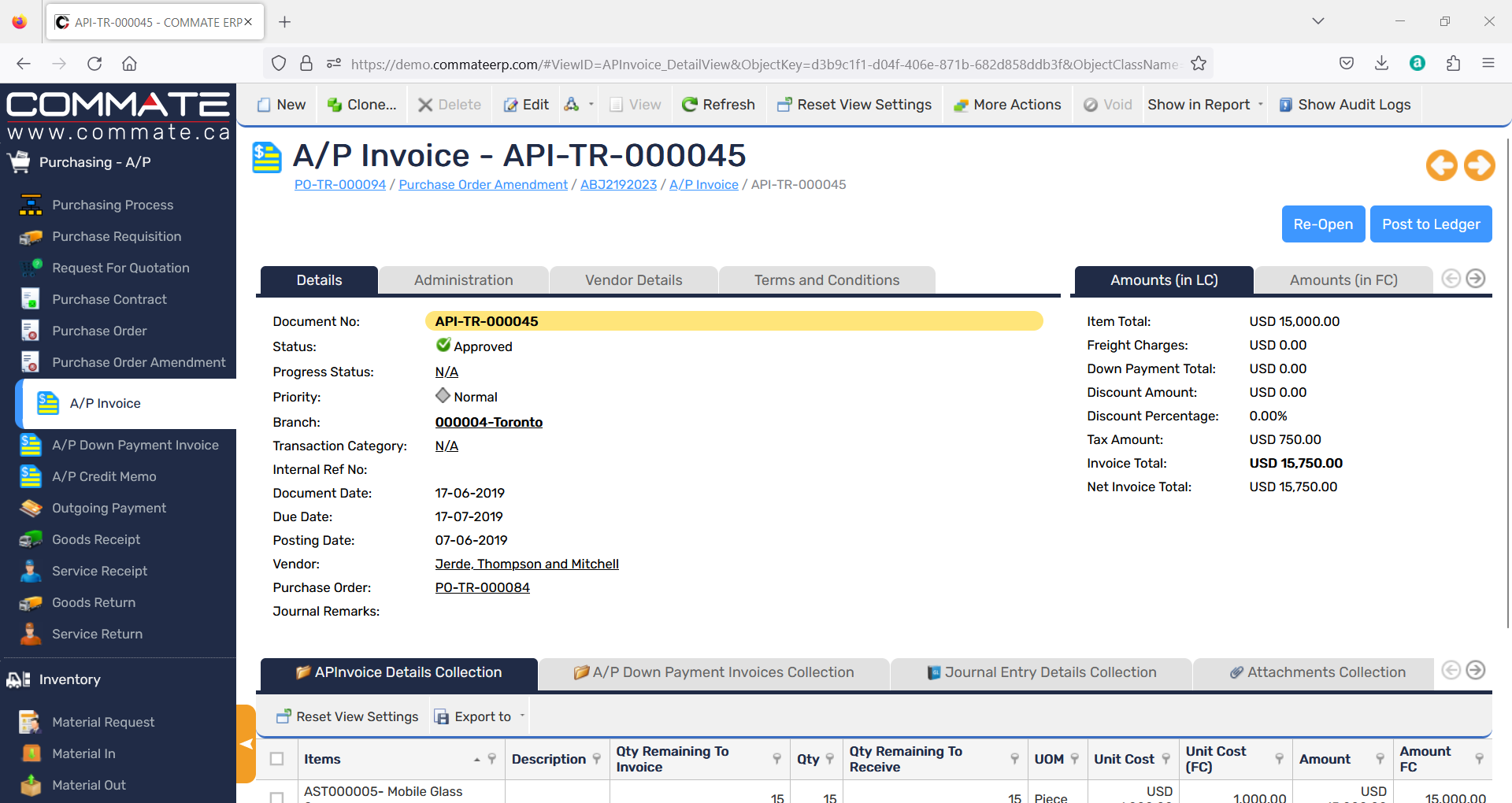
A/P Invoicing
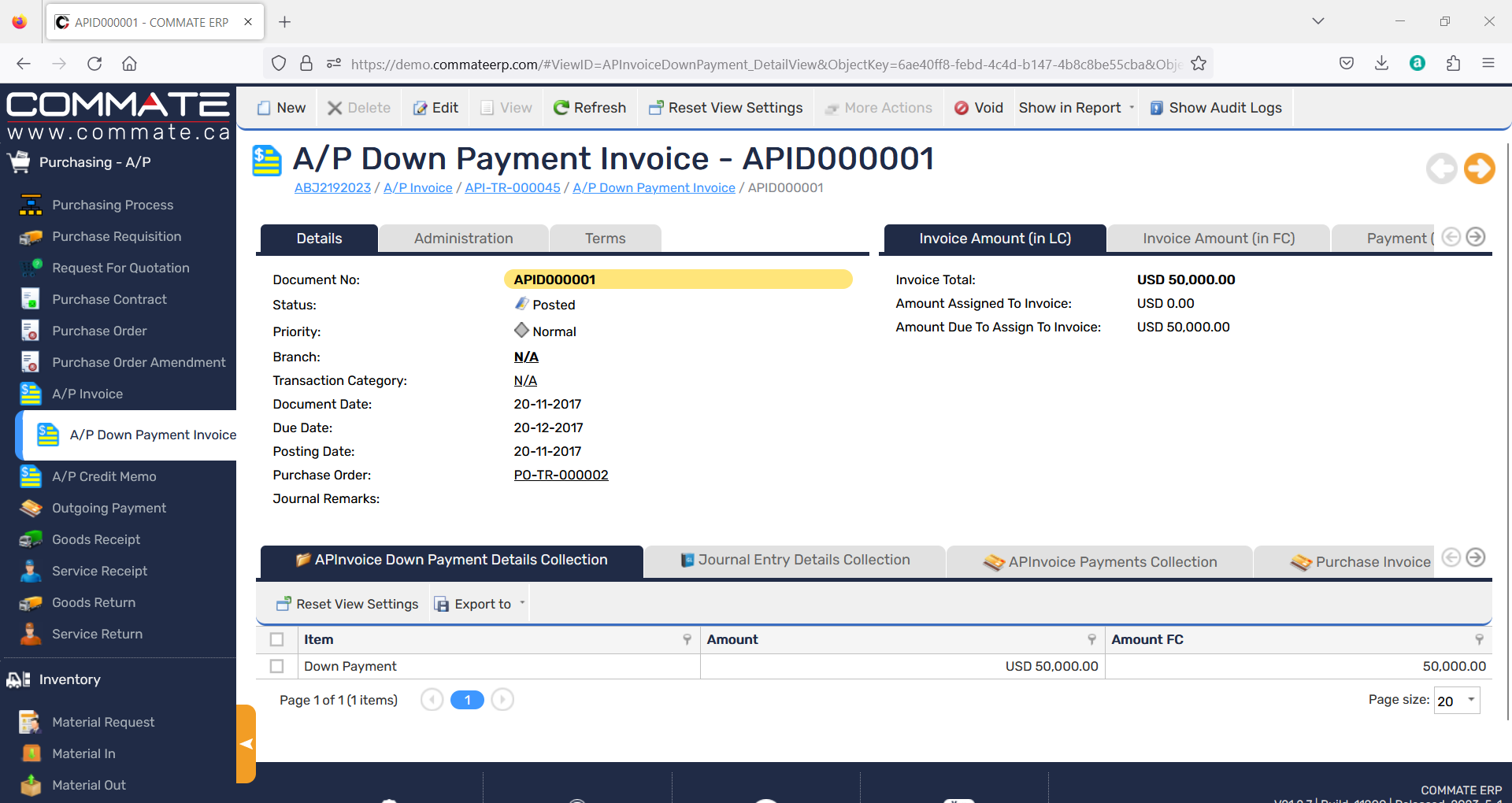
A/P Down Payment Invoicing
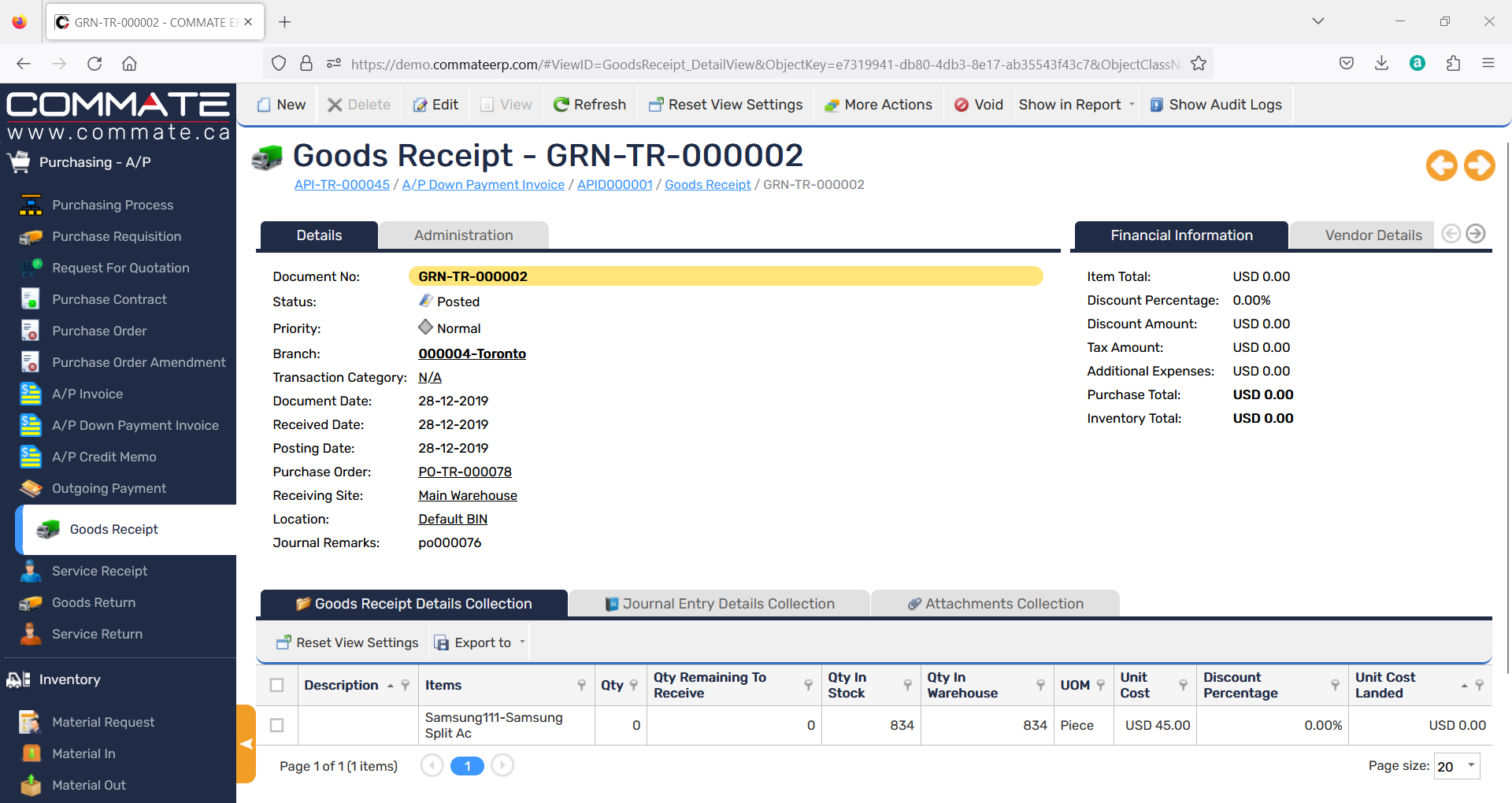
Goods Receipt
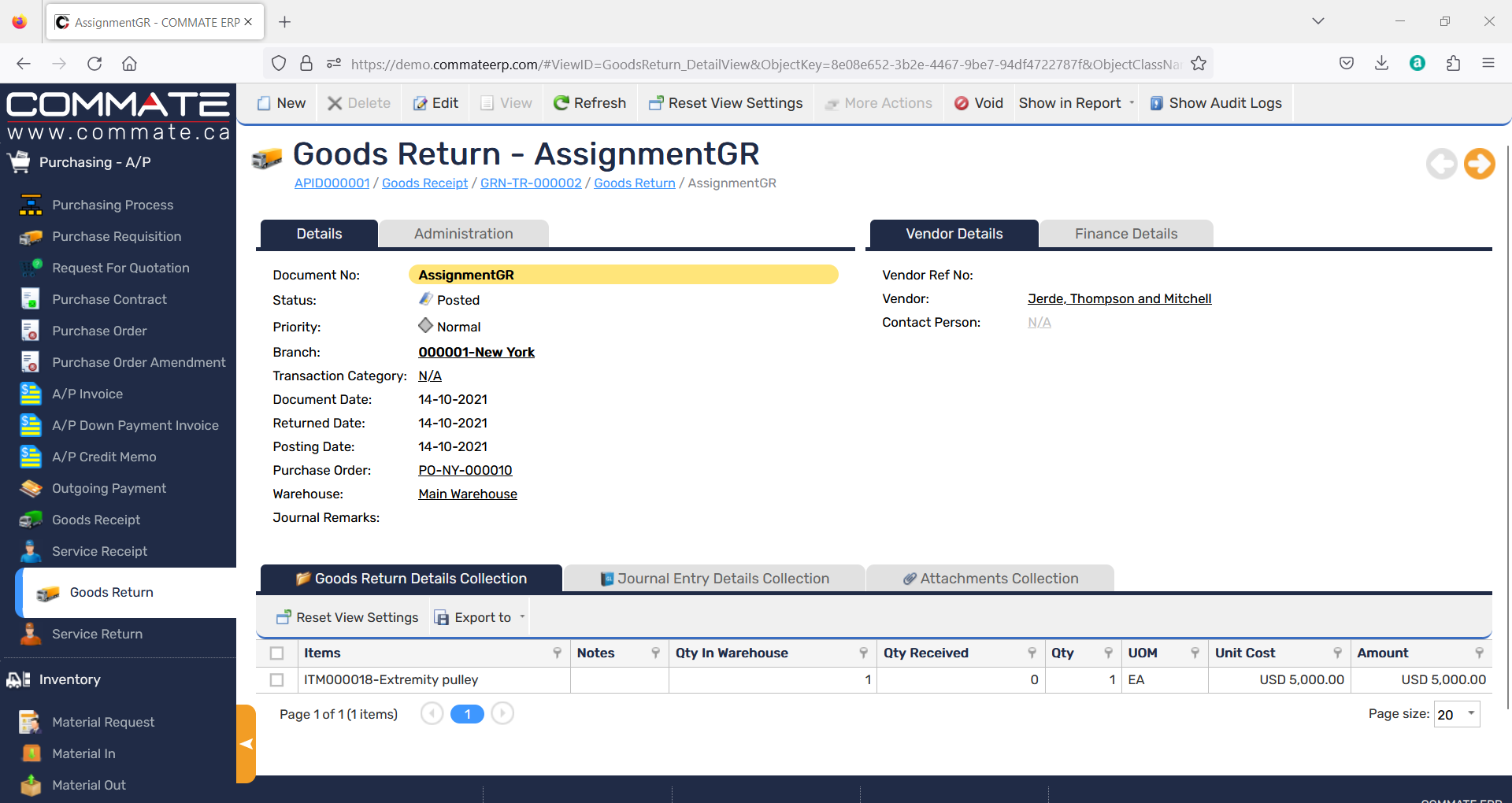
Goods Returns
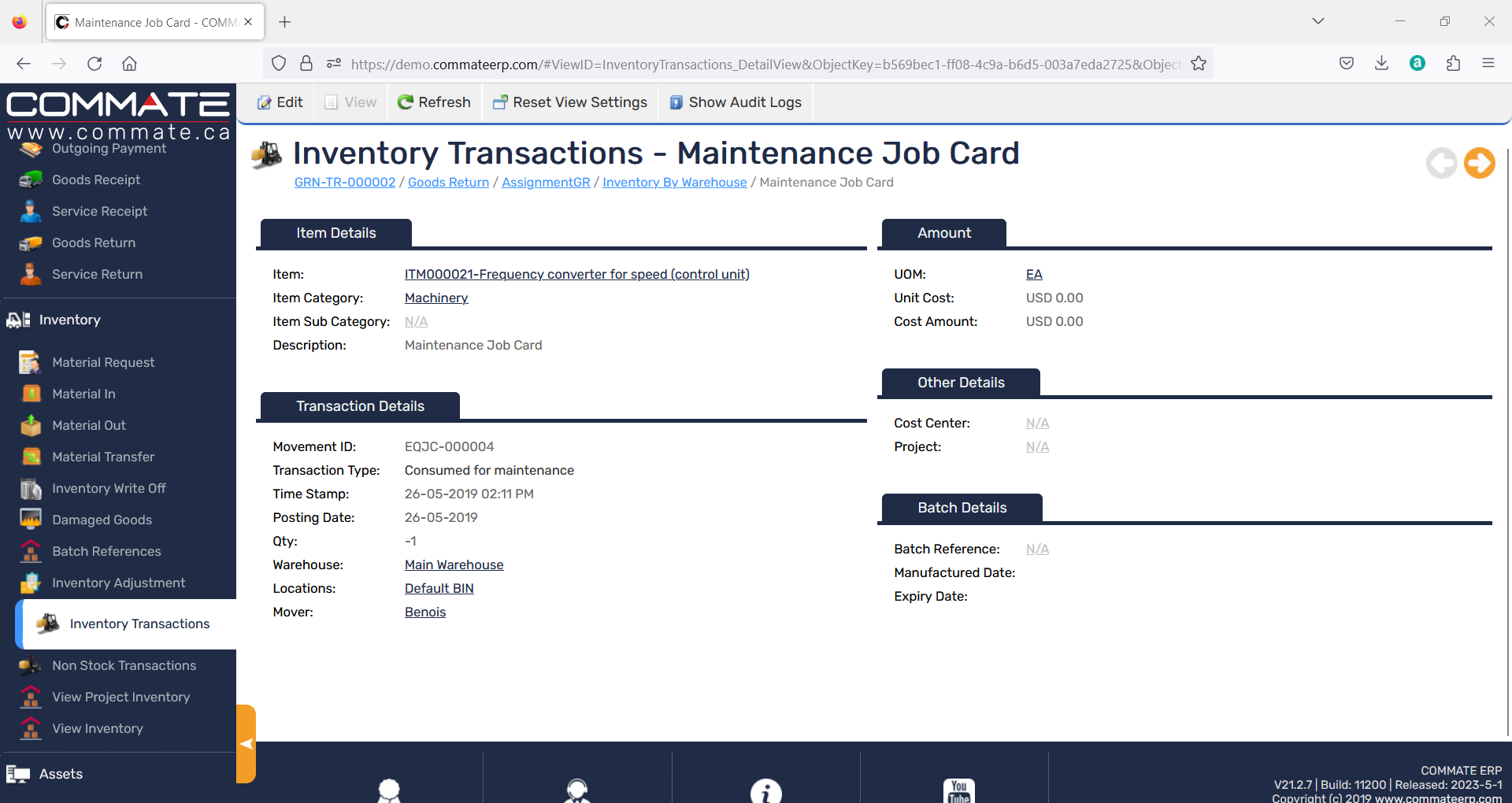
Detailed Inventory Transactions
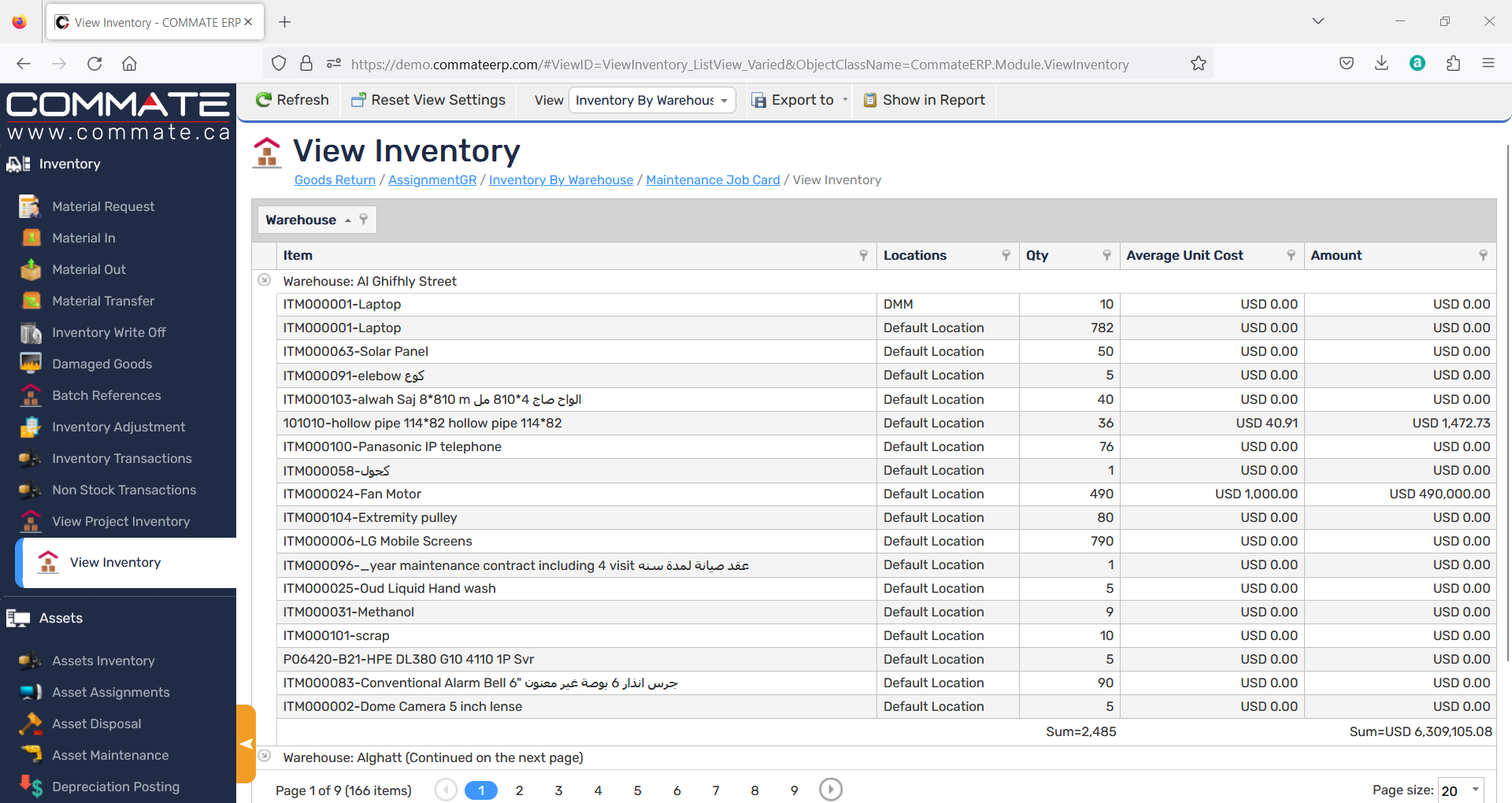
Multiple Warehouses
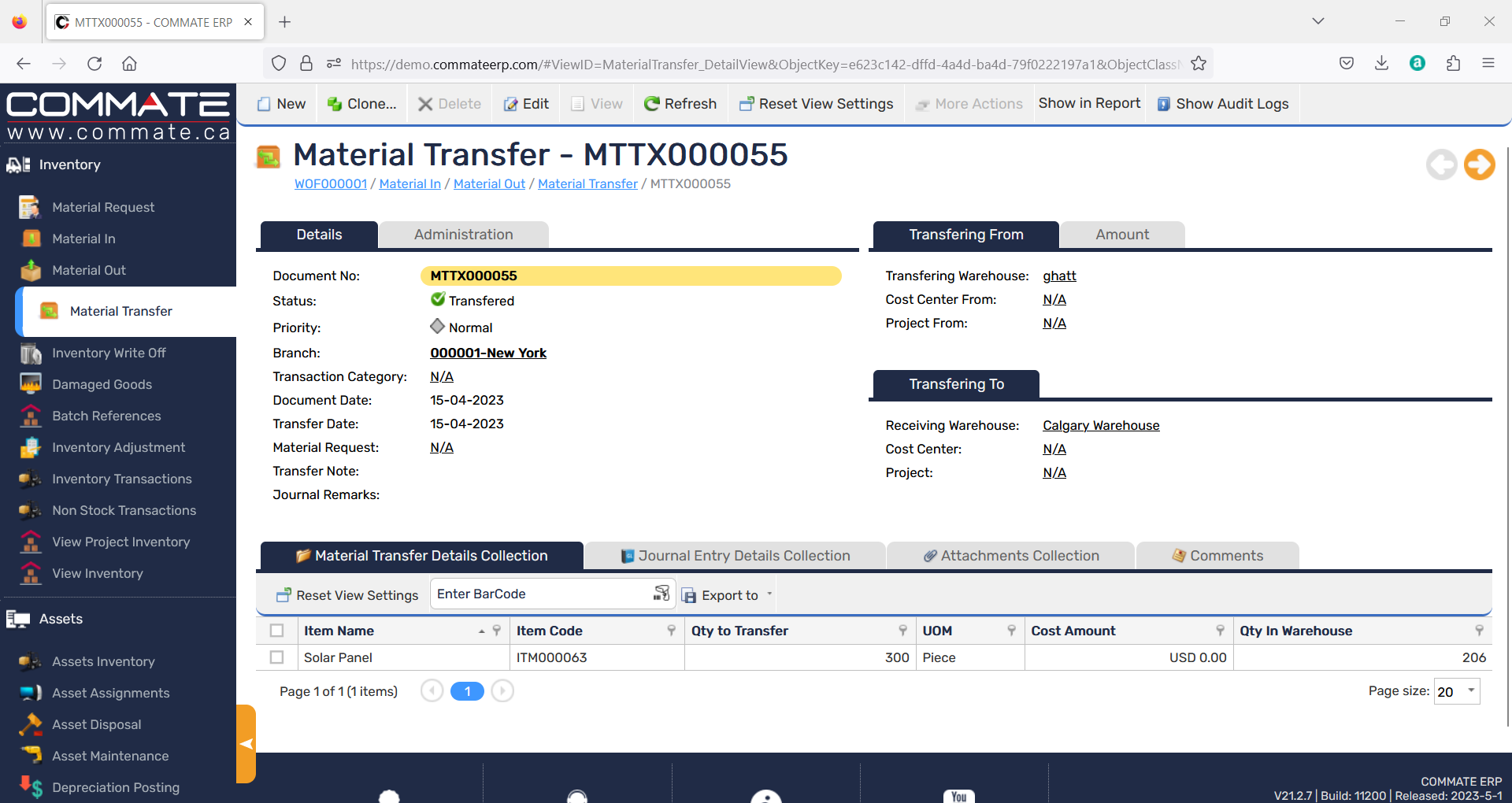
Internal Transfers
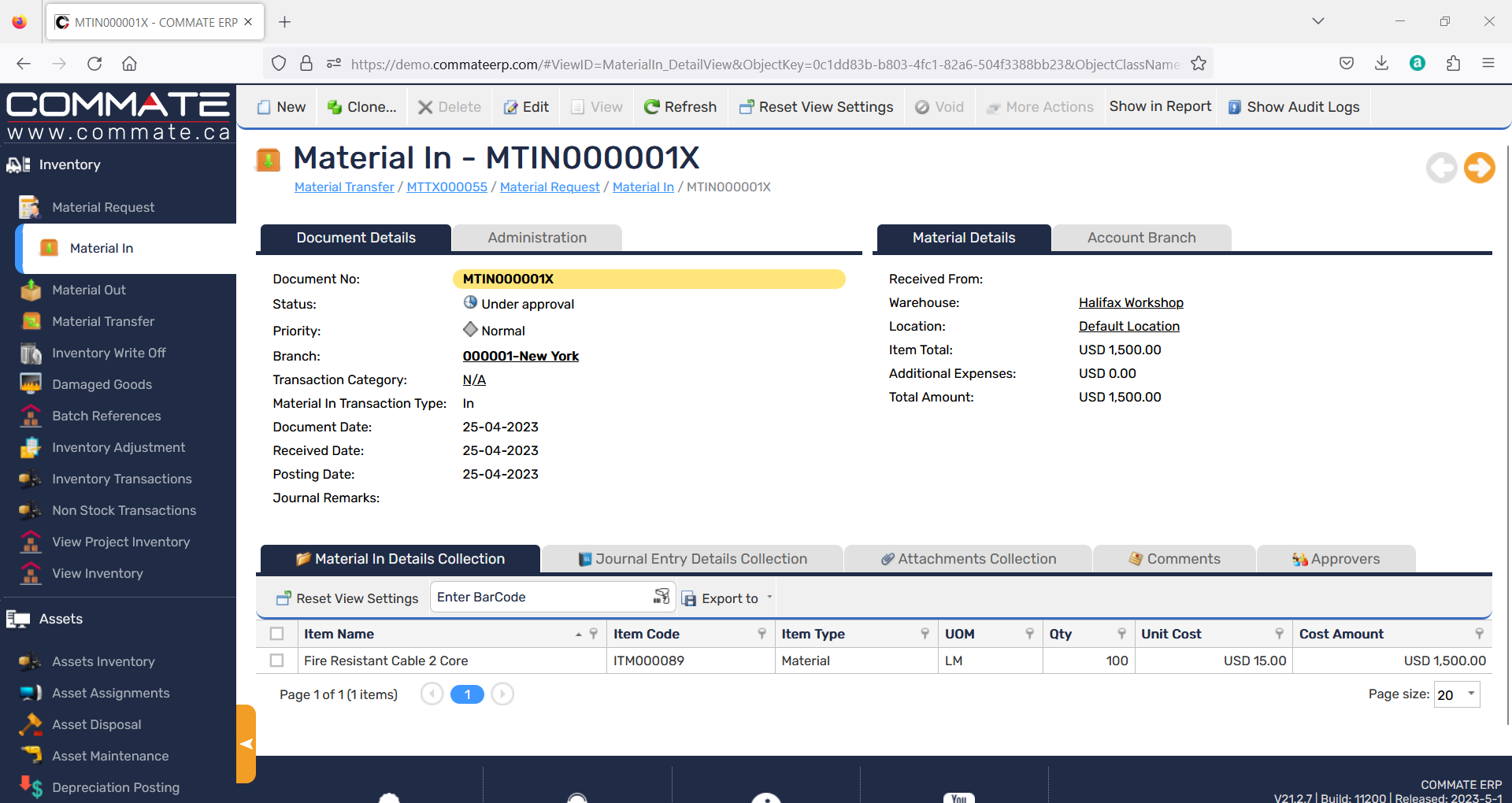
Material In/Out
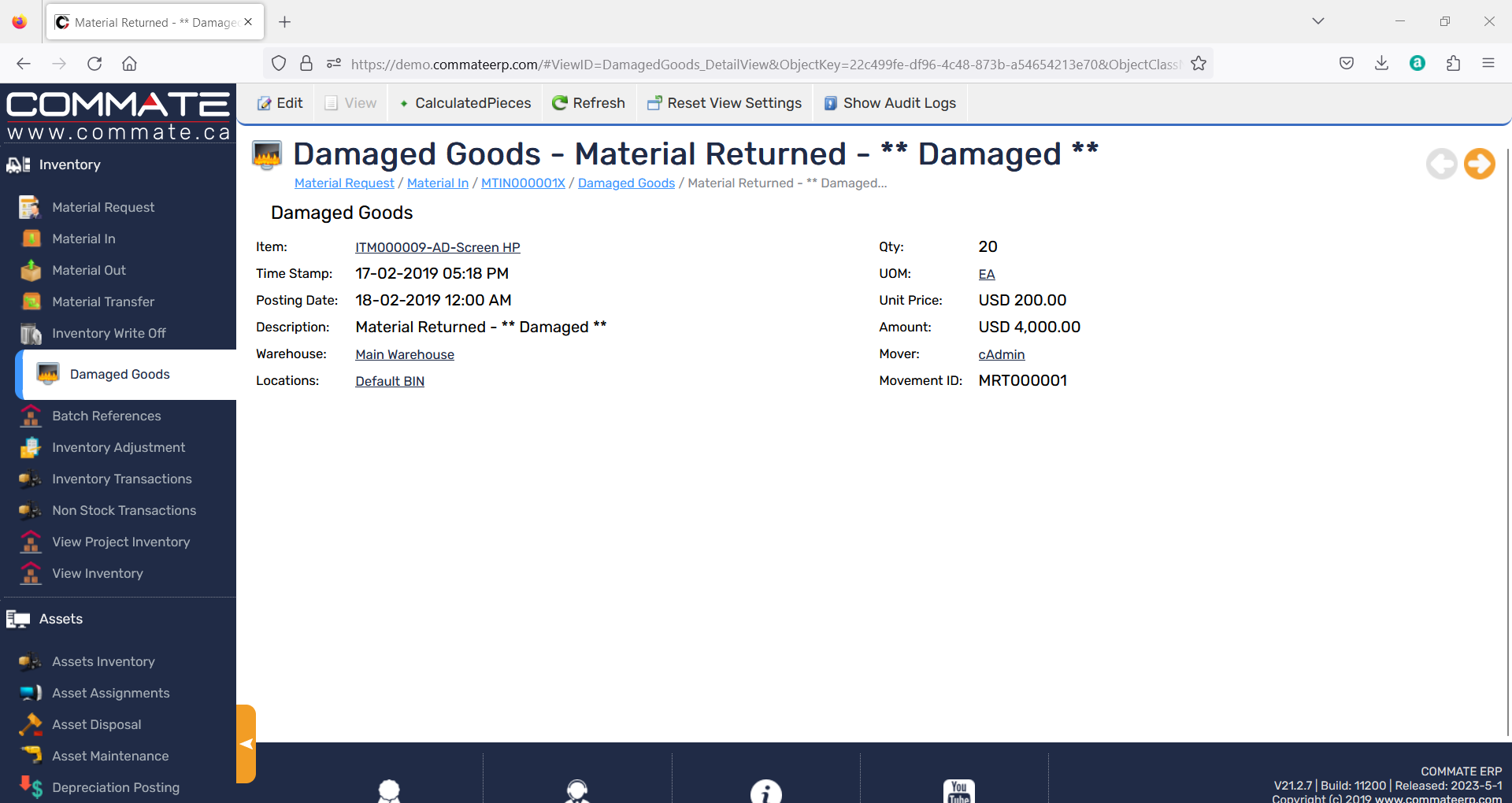
Damaged Goods Management
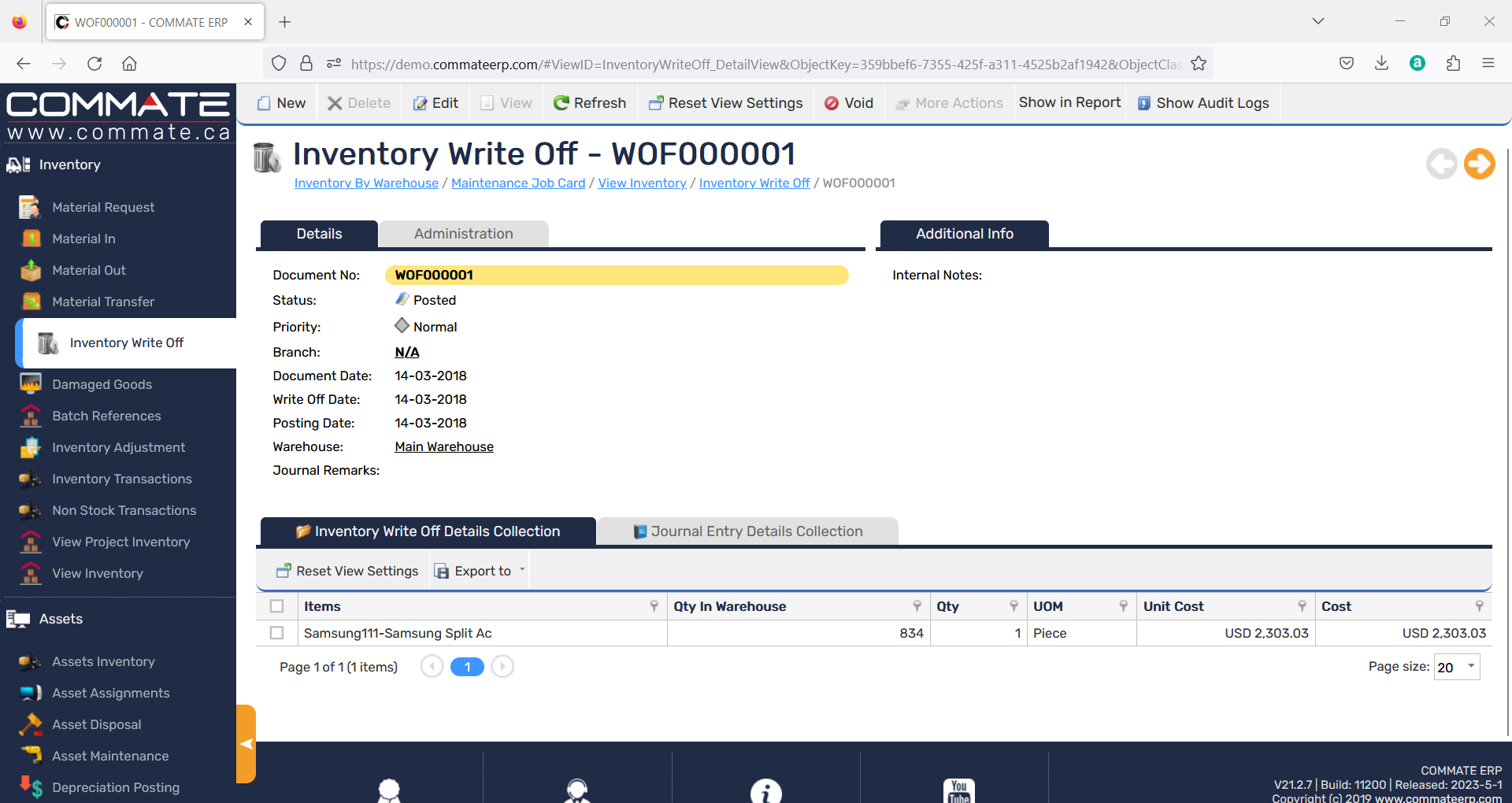
Inventory Write-Offs
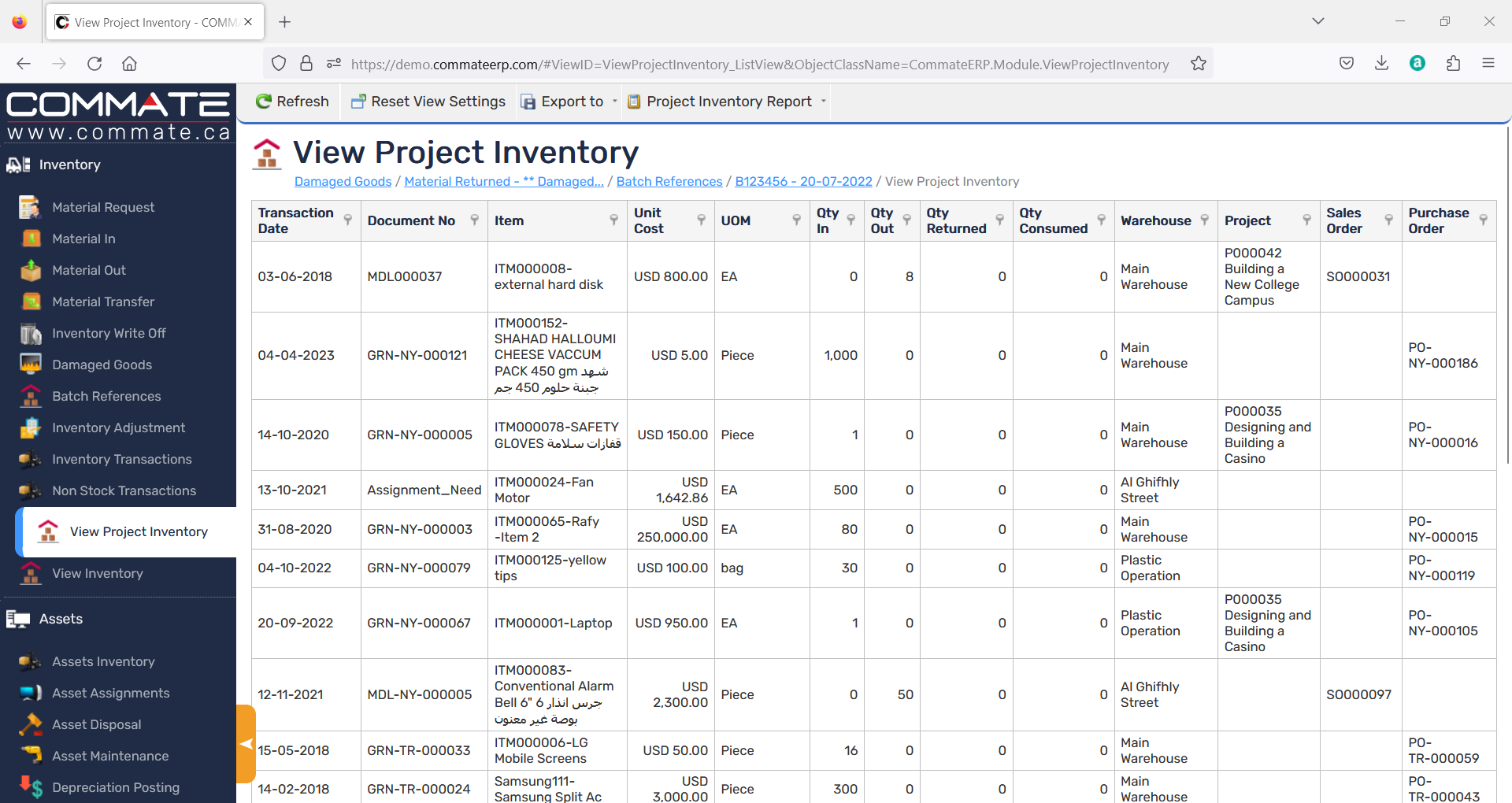
Inventory by Project/Sales Order
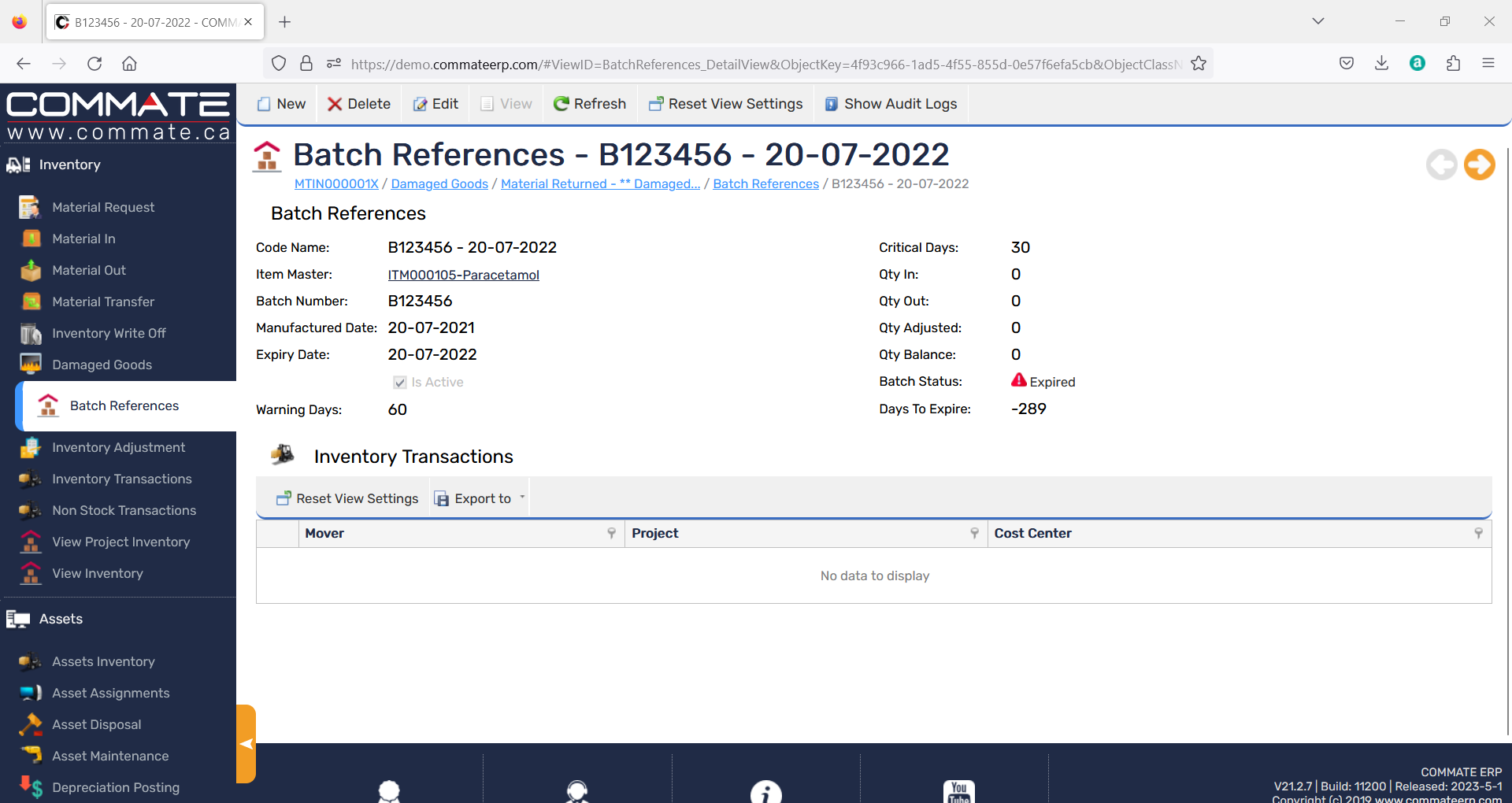
Batch & Expiry Date-wise Inventory
Cyber secured by design
COMMATE is designed keeping cybersecurity in mind. It strongly takes care of many type of attacks thus making it robust & resilient. We help businesses make the digital transformation a breeze & with the Cybersecurity-by-Design incorporated in COMMATE, you can securely access your business anytime, anywhere!
RESILIENT TO DDOS ATTACKS
RESILIENT TO SQL INJECTIONS
RESILIENT TO CROSS SITE SCRIPTING ATTACKS

RESILIENT TO MAN-IN-THE-MIDDLE ATTACK
RESILIENT TO REMOTE CODE EXECUTION
FULLY PENTESTED
We add value to your business
Our clients have gained efficiency, transparency, mobility & many more advantages by running their business on COMMATE.
Whether you are a business owner or a manager or an employee of a company, COMMATE will help you get more than what you have been getting today.
Get in touch with us. We will help you understand how you can increase efficiency of your business operations by using COMMATE!
